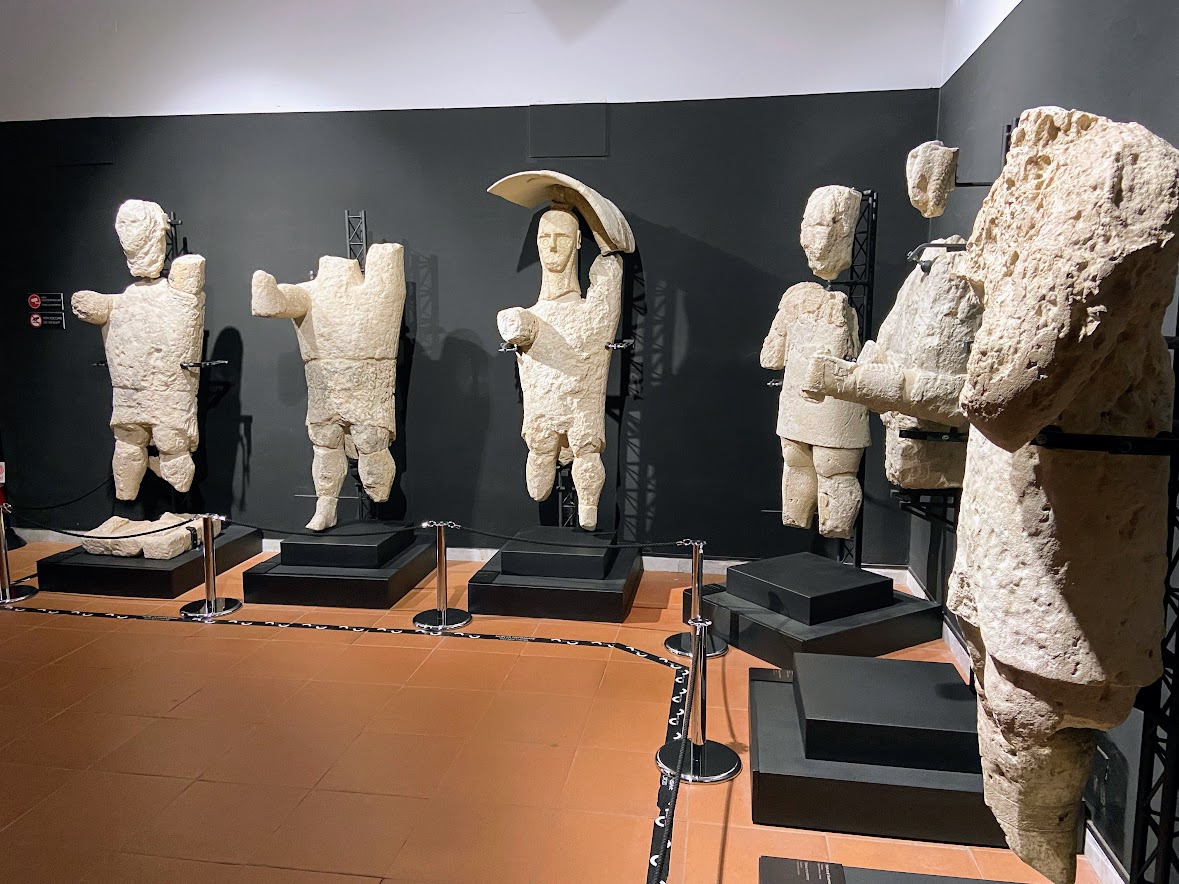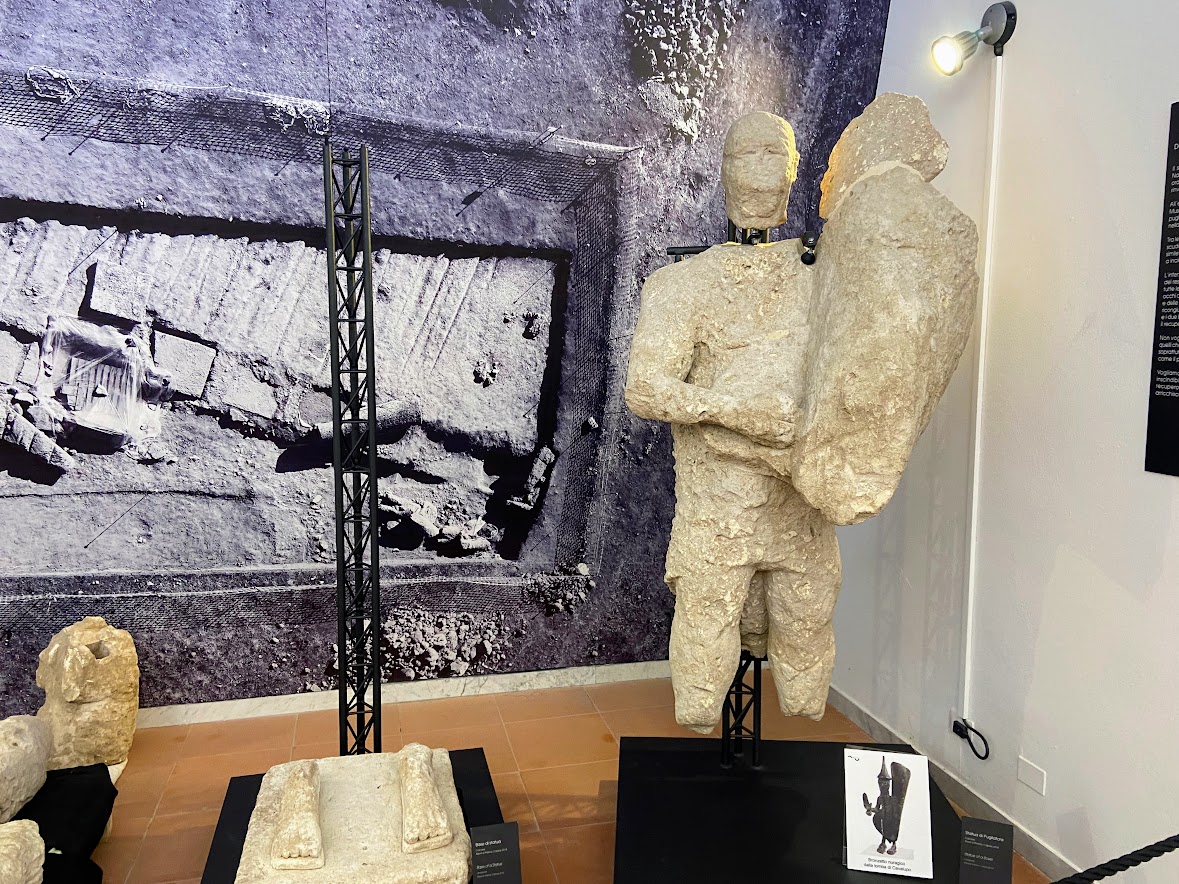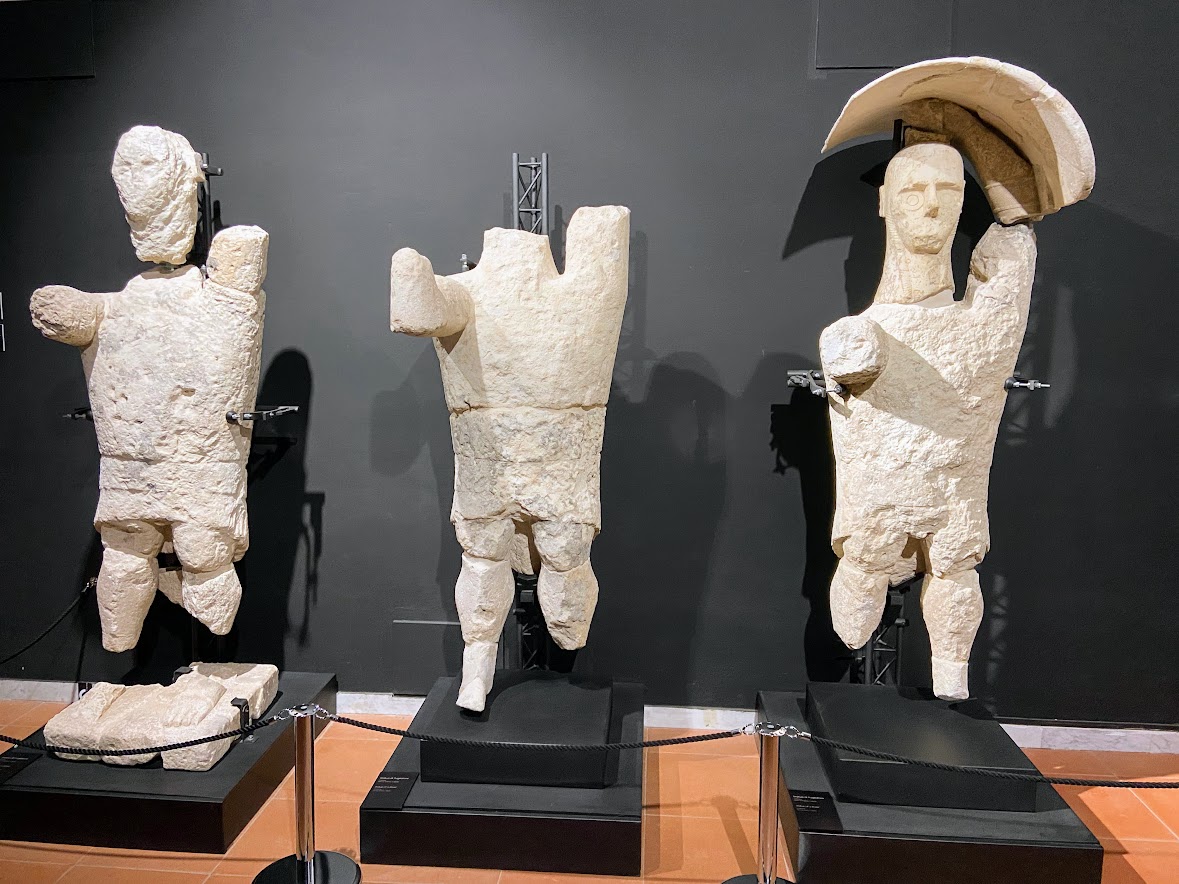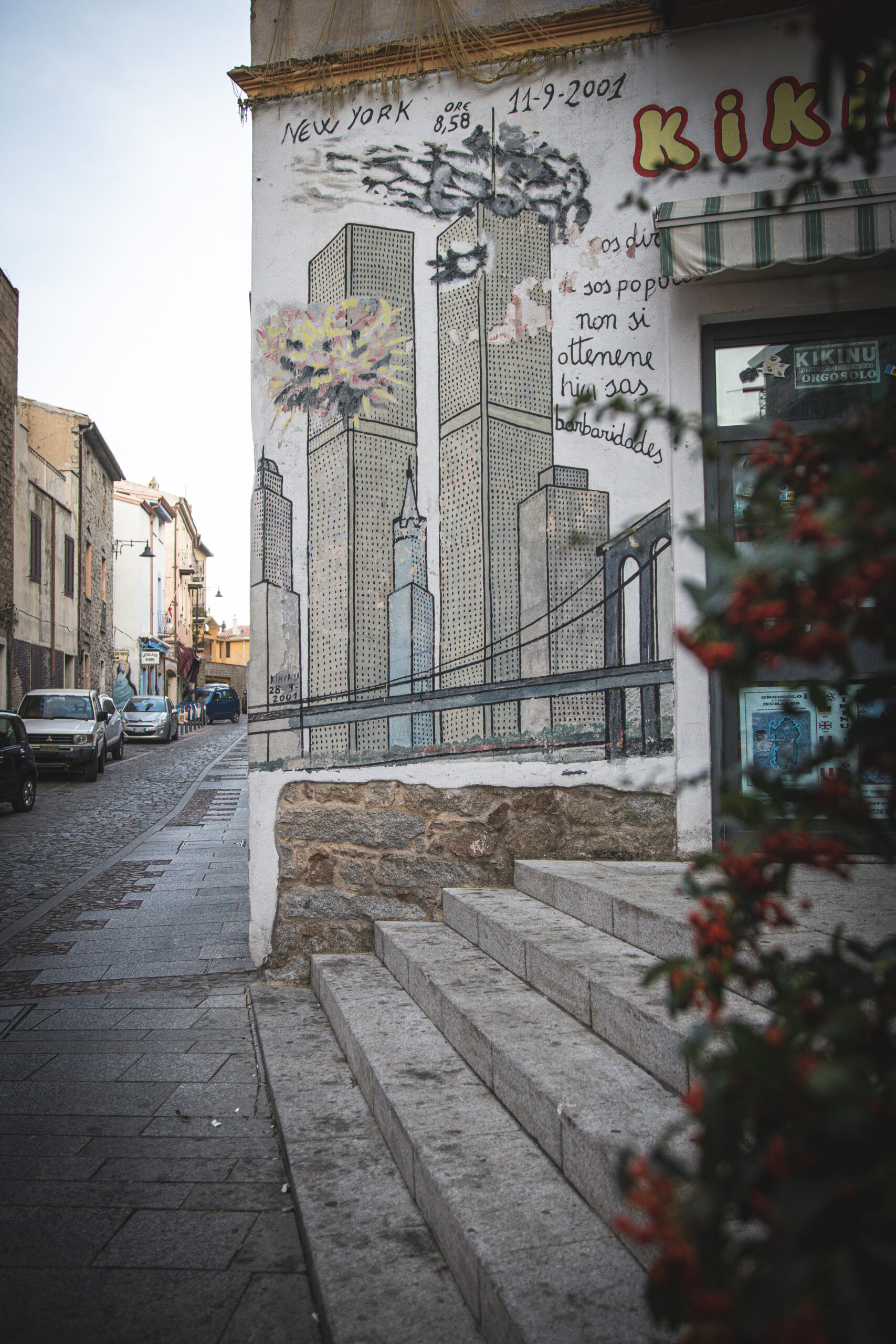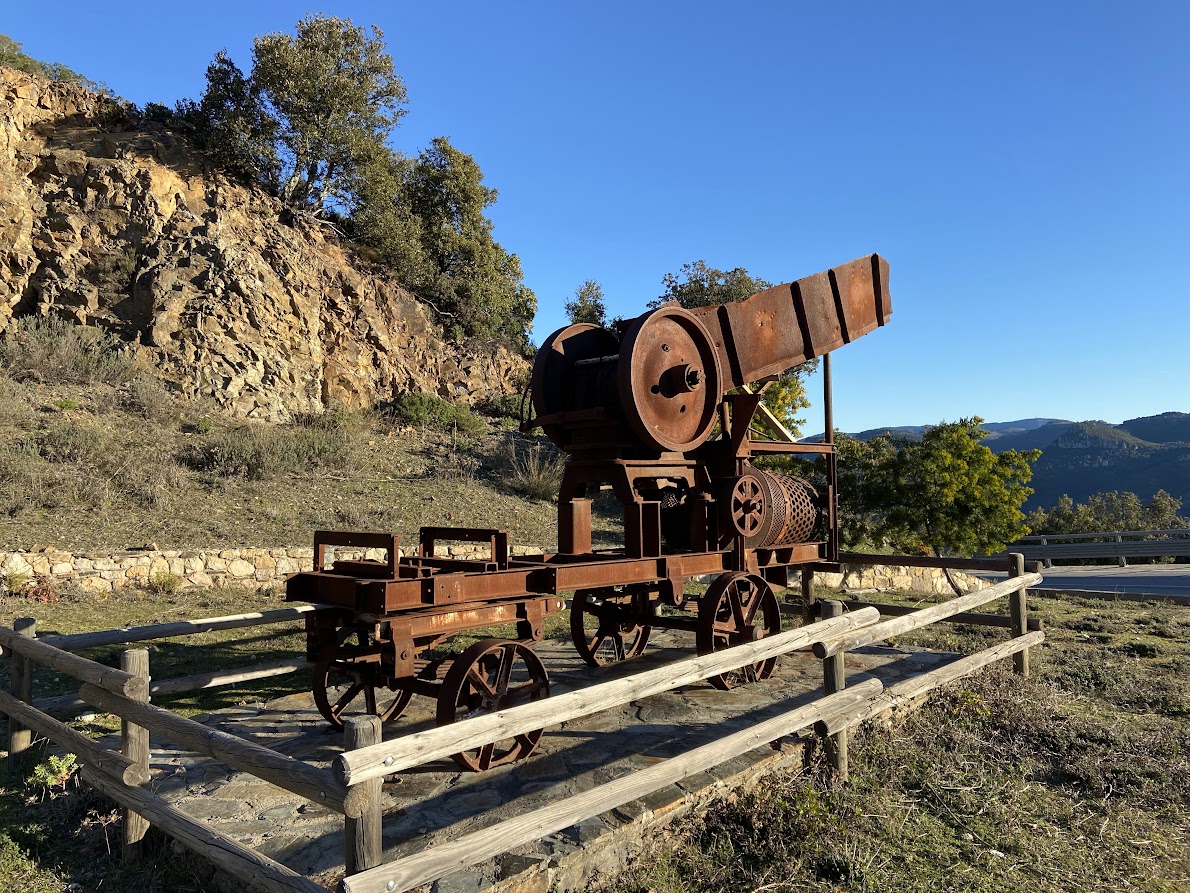
Monte Prama – Homeland of the Giants
Many call them the most important artistic find of the 20th century on Italian soil, some talk about the most unusual find ever. Be that as it may, the giants from Mount Prama will definitely captivate you with their appearance, power, design and the mystery that surrounds them. Like many other archaeological treasures, even this one was discovered by accident. In the 1970s two farmers were cultivating a field and found among the dirt a stone that, after cleaning, strikingly resembled a human head. Subsequent excavations in 1975 revealed tombs and monumental statues of archers, warriors and boxers, nuraghs and beatyls, scattered over an area of 80,000 m2 below Prama hill, in the Sinis district of western Sardinia. Together with other research in the years 2014-2016 and between 2018 and 2022, the findings brought to the surface parts of the puzzle of Sardinian history. In some places they fit together and complemented already established facts from other parts of the island. In other places they created question marks to which we may never know the answer. Statues reaching a height of up to 2 meters were scattered, on the territory under which a necropolis used for several centuries was discovered. A total number of 125 graves with the same number of bodies have been uncovered and dug up. But so far only a little over 60 bodies have been examined. The bodies were placed in the pit in a sitting position, with their legs crossed, arms crossed on the chest and the head probably bowed. The overwhelming majority involved the bodies of adult men, whose origins and professions are subject to conjecture. It is believed that in front of or on top of each of these graves stood one of the giant statues, which had an undeniable symbolic value in their time. It is remains unclear if they were actually archers, fighters and boxers. Some suggest that the statues depict deities of the period, based on the fact that the faces of the statues do not intentionally copy human faces. The sculptures are made of limestone, which is believed to come from Santa Catterina di Pittinuri, 16 km away. From the Bronze Age, roughly between 1,700 BC and 5th century BC, Sardinia was inhabited by the nomadic Nuragh tribe, after which 7,000 stone huts, towers and complexes remained on the island. The largest of them, Su Nuraxi, is a UNESCO World Heritage Site and, like the giant statues of Monte Prama, this complex was buried underground and discovered by farmers who cultivated the land in the south of the island in the 1950s. Ceramic vessels, bronze statuettes and obsidian knives of everyday use were found in the buildings. Although the age of the giant statues dates back to the early Iron Age, scientists believe that they were created by the Nuraghi population. It is generally believed that the turn of the Bronze Age and the Iron Age brought about a fundamental change in culture and lifestyle. But it is also possible that the statues were created by one of the pirate nations that had been attacking the Sardinian coast for ages. To this day, individual parts of 44 sculptures have been found. They are being gradually cleaned, restored and joined. Some of them are exhibited in the Archaeological Museum of Cagliari. Others in the Civic Museum of Giovanni Marongia in Cabras, which is almost entirely dedicated to this unique collection. The finds are indeed of inestimable value and archaeologists from all over the world participate in their study. A great internationa success is also the temporary exhibition of one of the giants at the Metropolitan Museum in New York from May to December 2023.
